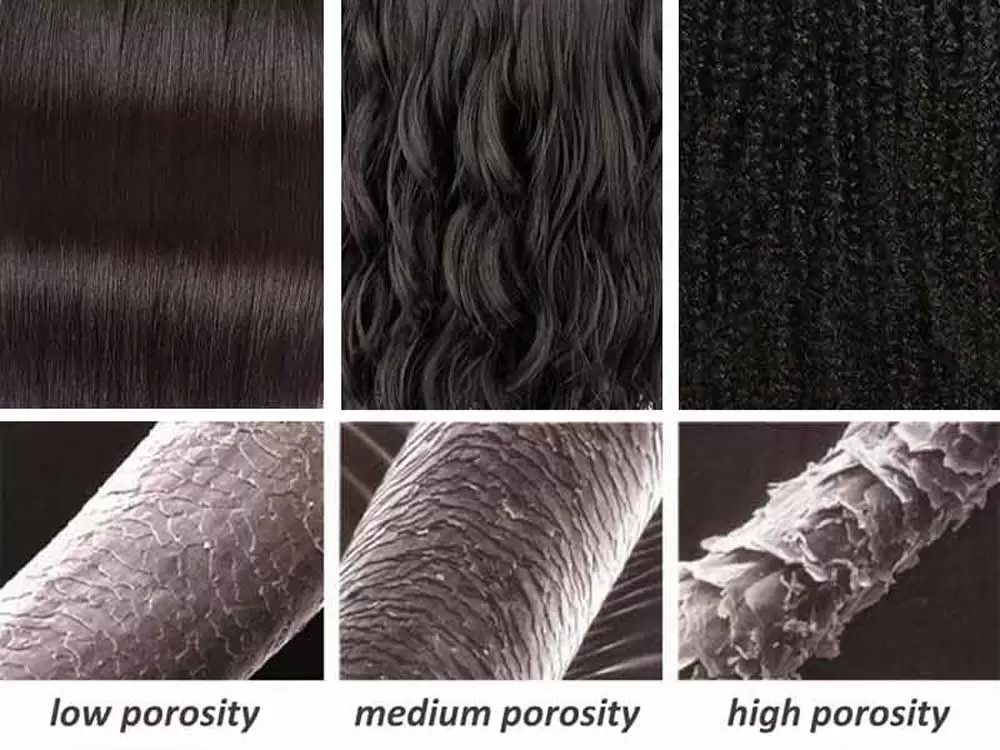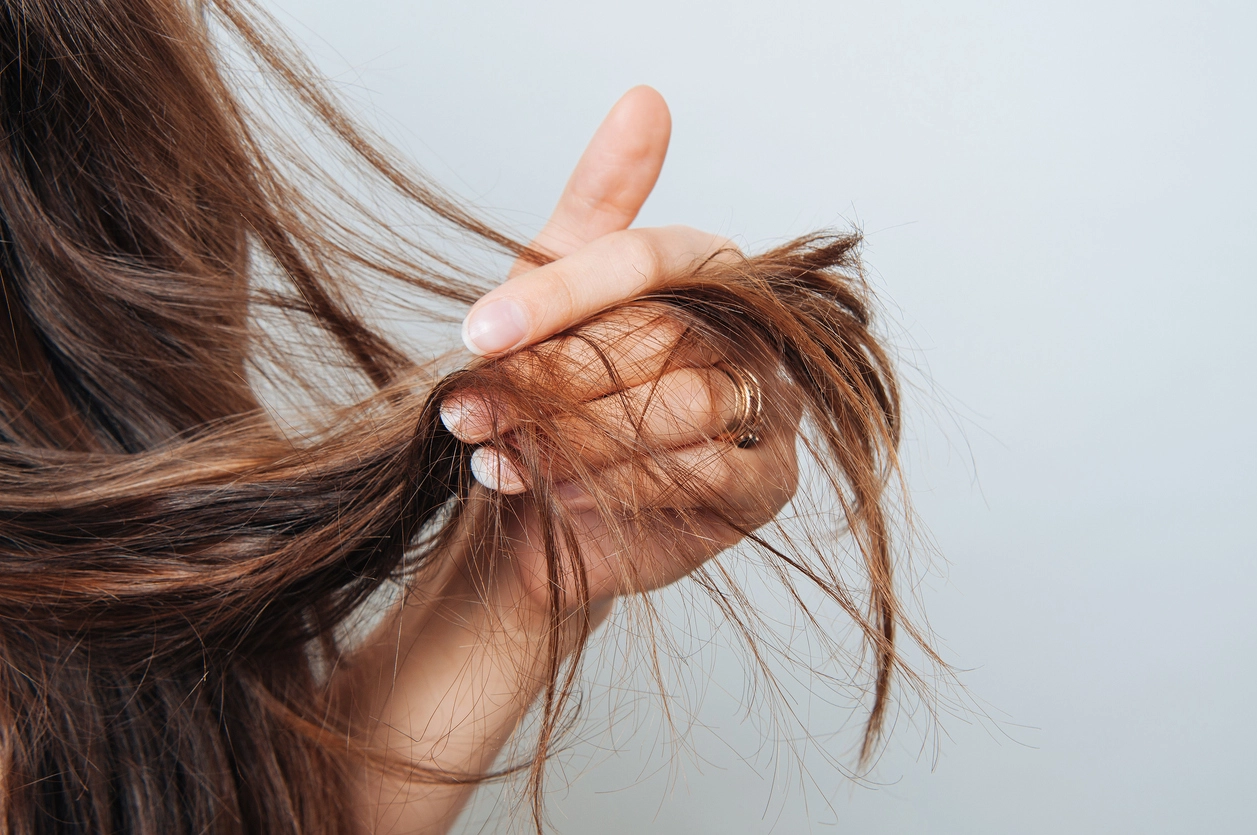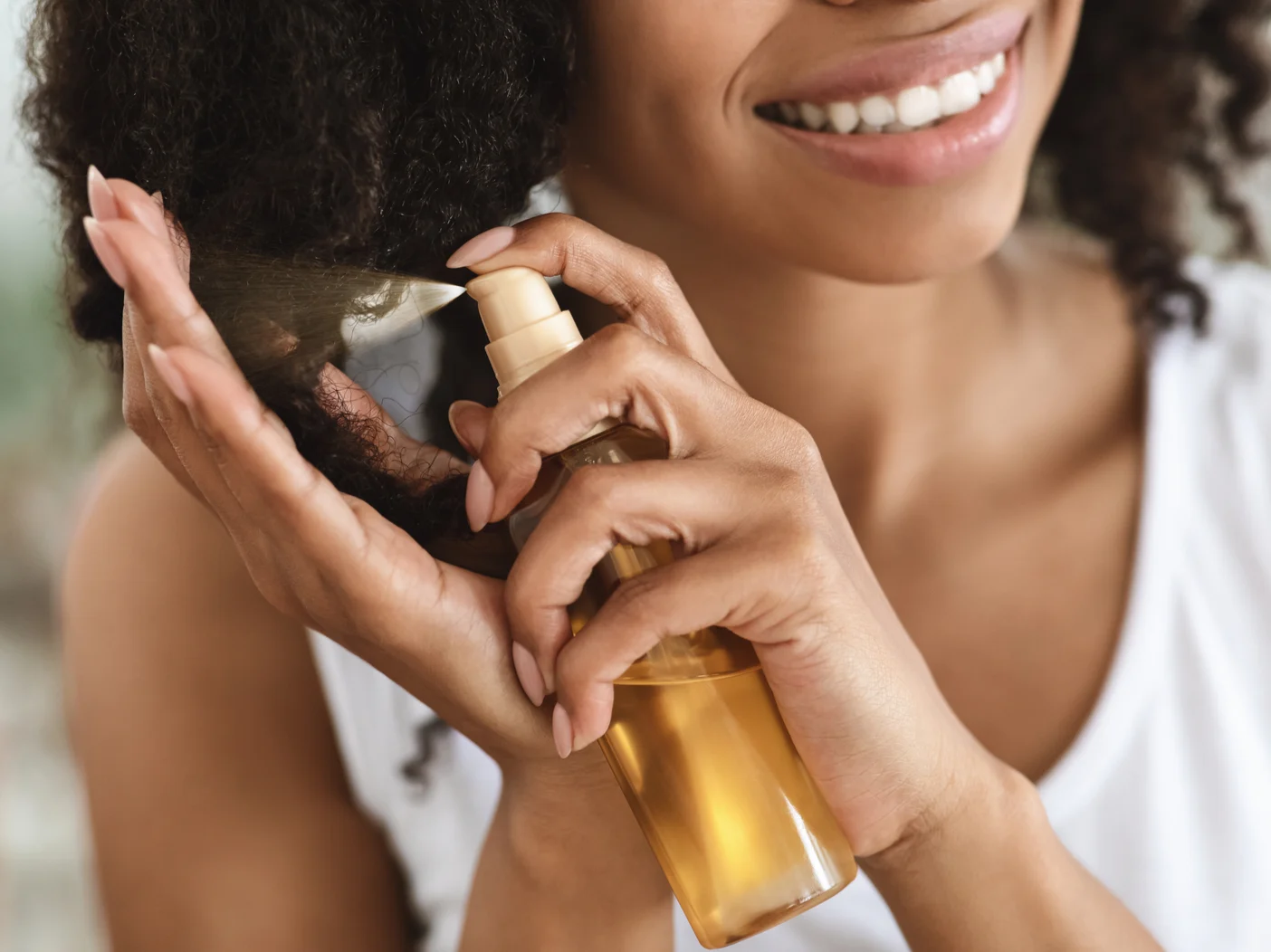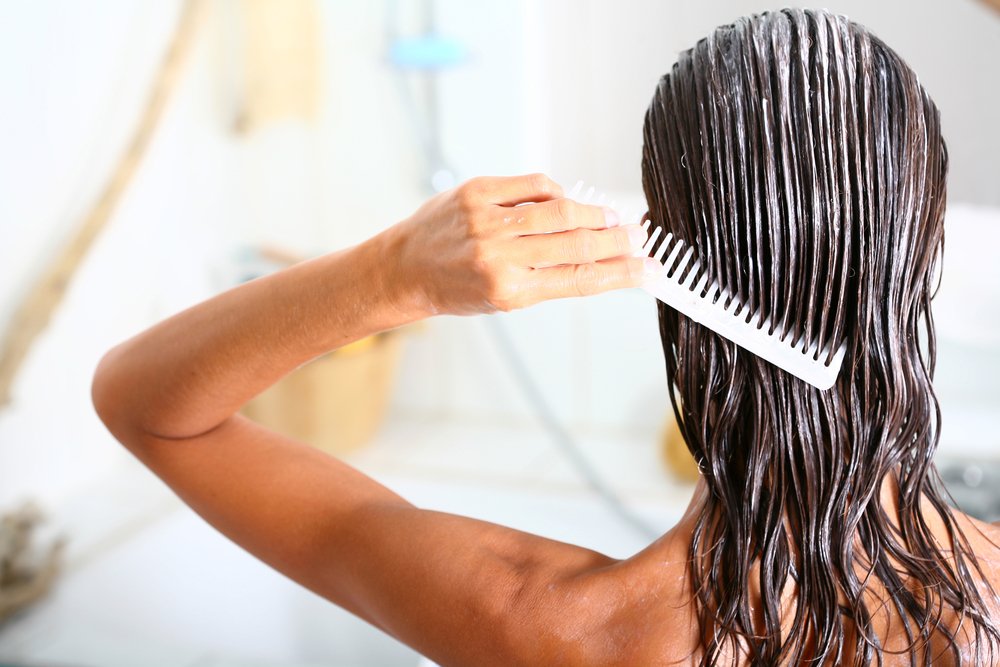Hair porosity determines how well your natural hair can take in and retain moisture. If you have low porosity hair, moisture runs away from you. That is the simplest way to say it. You can feel your hair dry and it is challenging to manage. So, naturally, you ask the question, how to moisture low porosity hair?
Well, there is a way. And it is possible. Let’s talk about it!
Understanding Hair Porosity

As we said before, porosity plays a huge role in whether your hair can retain moisture or not. We define natural hair porosity as the ability of your hair to absorb water and products and retain moisture.
If you have low porosity hair, you have a low absorption rate. Why? Because your cuticles are closed and it is difficult for water to penetrate and your hair to absorb moisture. You also have a problem with moisture retention.
Now, if you have high porosity hair, it is easy. Your healthy hair has a high absorption rate since the cuticles are always open.
Having low porosity hair means you will constantly have to work your way to add moisture and retain moisture. Your hair rarely takes in water or gets moisturized easily. The reason is simple. Your hair cuticles are laid down tight, which prevents water and conditioning agents from penetrating the hair shaft.
How To Identify Low Porosity Hair?

There are simple signs that show you have low porosity hair. Some of them include:
- Split ends
- Lack of elasticity in your hair
- Coarse hair or rough to touch
- Constant product build-up
- Dull hair without shine or volume
- Hair takes longer to dry
There are ways to determine whether you have low porosity hair. One such method is the float test. What you do is take some strands of your hair from your brush or comb and place them into a glass or bowl of water. Allow hair to sit for 2 to 4 minutes. It if floats to the top, you have low porosity hair. If it stays down, you have high porosity hair.
Another test is the slip ‘n’ slide test. For this one, you take a strand of hair between your fingers and slide it up the shaft towards the scalp. Look out for any bumps or roughness. If your fingers slip smoothly, you can be certain you have low porosity hair.
Last, take the shower test. Wash your hair under the shower, and see how long it takes to get fully wet. If you have low porosity hair, it will take a lot of time to get wet, but also get dry.
Tips For Moisturizing Low Porosity Hair
Now that you have defined that you have low porosity hair, let’s talk about how you can help yourself. How to moisture low porosity hair? We have some ideas!
The Pre-poo Treatment

What is the pre-poo treatment? Basically, it is an oil or conditioner treatment applied to your hair before shampooing in order to prepare the hair for the shampooing process.
If you add this treatment to your beauty routine, you give your low porosity hair a chance to soak in and absorb all the goodness from it.
How do you do it? How to work the magic? Simple, use an oil, a mixture of oils, and conditioner with oils or butter. Apply this treatment hours before washing your hair or overnight. The best oils you can use include grapeseed oil, Argan oil, jojoba oil, sweet almond oil, avocado oil, and other light oils.
Use Heat When Conditioning
If you have low porosity natural hair, you have to use heat when you condition or deep condition your hair. Why? Because heat enhances your conditioning. It does it in two ways. For starters, heat allows your cuticle layers to open up and get your strands moisturized. Heat also breaks down oil-based products and treatments.
To use the power of heat, wash your hair with warm water and use a heated hair cap when deep conditioning.
Use Humectants
Simply put, humectants are your friends. Think glycerin, honey, agave nectar, and similar products that gain moisture from the air. They help to adhere it to your hair. Remember to use diluted humectant.
When you are buying beauty products and hair products, check the label. Try to look for such that contain a humectant.
Steam Your Hair
We talked about how heat can help your low porosity hair. Well, steam it for maximum absorption. Hair steaming is a technique that beauty experts have used for years. The process involves the use of moist heat to open up the hair follicles.
In addition to helping with moisture, steaming your natural hair will reduce hair breakage, add strength to your hair, improve elasticity, and improve scalp health.
Remember, steaming works best on clean hair. The optimal duration is 10 to 20 minutes. Yet, if you have low porosity hair, you can increase the duration to 30 minutes.
Weekly Cleansing of Your Hair
For low porosity hair, it is essential that you add a weekly wash routine with a gentle cleansing shampoo. Keeping your real hair clean is a must if you want to maintain a high level of moisture.
Without cleansing, you create a barrier from product build-up. And that will prevent moisture. Products will be unable to penetrate your hair strands, leaving them dry behind.
Biweekly Deep Conditioning Treatment

There is no other way around it. If you have low porosity hair, you combat it by deep conditioning. You can combat dryness and keep your curls luscious and moist.
Be consistent with your deep conditioner. Add it to your routine at least every other week for optimal results.
The Hot Oil Treatment
Here is another way you can incorporate heat into your hair routine. The hot oil treatment can work on any hair type. If you have dry or brittle hair, this beauty treatment will leave your hair looking strong and healthy.
Heat any light oil, like the ones we discussed before, and massage it into your hair and scalp. Then, sit under a dryer or wrap your hair in a towel. Leave it for as long as possible.
You can try the hot oil treatment once per week, once per two weeks, or monthly. It depends on the condition of your hair.
The Greenhouse Trick
This is one of the best tricks you can use how to moisturize low porosity hair. It is quite simple. Some call it the baggy method. In any case, the greenhouse method is when you moisturize your hair as usual, then cover it with a plastic cap and leave it covered up overnight.
In the morning, there will be droplets of water accumulated on the plastic cap. But that is a good thing.
Use Protein
Just a quick reminder, our hair is made out of a protein called keratin. This is why we need to use protein to keep it healthy. Protein keeps our curls bouncy and elastic. Add a protein treatment to fill in any cracks and holes in the surface of your hair cuticle layer.
But do not go overboard. Too many treatments can result in protein overload. And that is dangerous to low porosity natural hair, one that is already dealing with dryness.
What To Avoid?
No matter what you do, if you have low porosity hair, avoid heavy oils. Here is a dirty little secret. You might think of olive oil as a great moisturizing natural product. But that is not the case here. Olive oil is actually a heavy oil.
So, if you have low porosity hair, avoid it at all costs. This oil will sit on top of your hair and will not get fully absorbed beyond the cuticle layer.
Some other heavy oils that are quite healthy and popular include coconut oil and castor oil. It is better to avoid them.
